Comparisons
Two other cables of mine do get close to the X8 in terms of pricing. Pwaudio’s 1960s cable in two-wire configuration and Effect Audio’s limited edition Leonidas.
Pwaudio – 1960s 2wire (~1000$)
The two-wired 1960s cable by Pwaudio is just like the PlusSound made of copper. PlusSound though goes, as mentioned, a more extravagant way with their mix of three conductor materials. The PW uses two differently sized wires for hot and cold channel per side. The channels are even in different jacket materials. The cable itself, even being only half the wire count of PlusSound, is a margin stiffer.
Sonically these cables do share some similarities, especially in their low end. Both cables come with a certain power and warmth. The X8 as well as the 1960s have a fuller midrange with added organics. The Tri-Copper to me seems to render voices with a softer touch as the PW. The 1960s though has a richer mid and high-section. Where the treble of X8 is clearly softer and laid-back, PW’s is richer and warmer. The PW cable has a bigger sound stage in terms of width, while PlusSound goes a touch deeper with higher layering. The resolution of 1960s though is ahead of Tri-Copper’s.
Both cables have their distinctive qualities and often are very much alike, both offer their own flavour and spice to the sound.
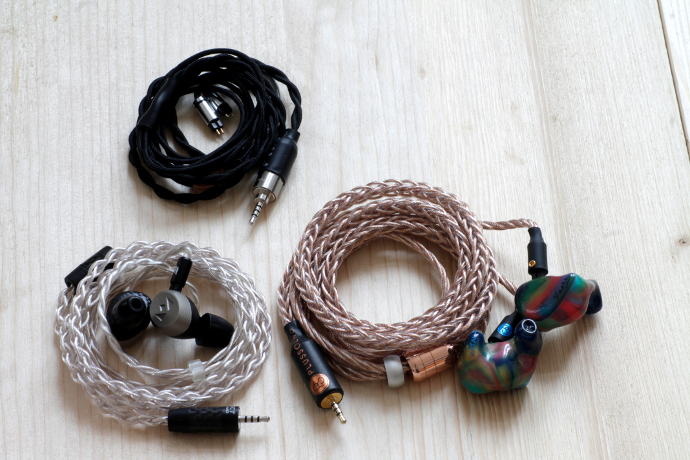
PlusSound X8 Tri-Copper
Effect Audio – LBE Leonidas (899$)
Leonidas is a hybrid creature with silver and gold and both cables couldn’t be more different. PlusSound is going for a full and warmer signature, while the Effect cable is packed with details, dynamics and resolution while also retaining the EA smooth house-sound. Both cables do share one quality a lot of other cables miss – flexibility. Effect Audio as well as PlusSound have the most flexible and elegant cables around. When I got my hands on the X8 I was more than surprised to see that it matches EA’s ultra flexi insulation, and for a cable of double the size of Leonidas, it does not have to hide itself in terms of ergonomics. Back to sonics though.
X8 throws a harder punch, is warmer in lower mids compared to the tighter bass of Leonidas. Leo’s mids are painted with higher resolution and precision in separation. The PlusSound Tri-Copper goes for a smoother, fuller and organic approach. Highs are again sofer on X8, while Leonidas has a brighter shimmer, more revealing and richer top end.
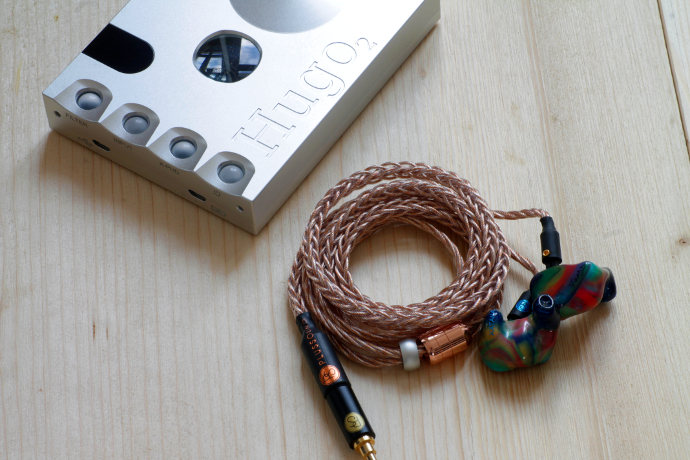
PlusSound X8 Tri-Copper
Conclusion
PlusSound simply doesn’t get bored. They just introduced their proprietary insulation that brings their cables to new levels of flexibility. The PS insulation has made it hard for me to go back to other cables. Christian and his team though couldn’t just leave it like that, they had to come up with a completely new cable too. The Tri-Copper offers a nicely warm and smooth sound, with some of the best vocals and instruments I’ve heard in a cable so far. The low-end punch it delivers might be what many bass-heads are looking for when they need just a little more. The Tri-Copper matches very well with a wide array of my monitors and has become one of my absolute favorites for the Kaiser Encore and M15 loaded A18t.





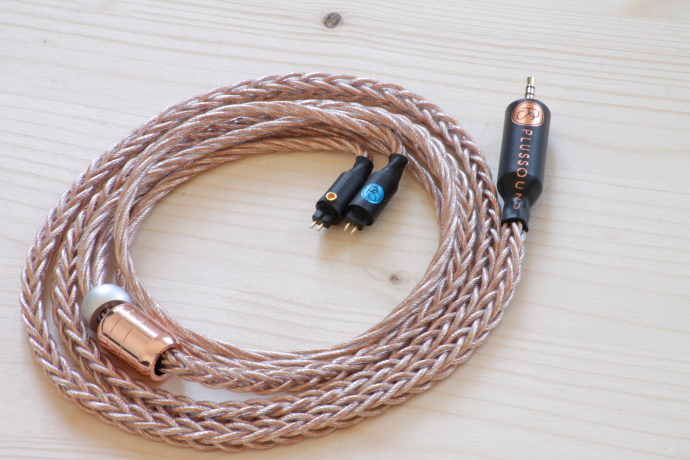
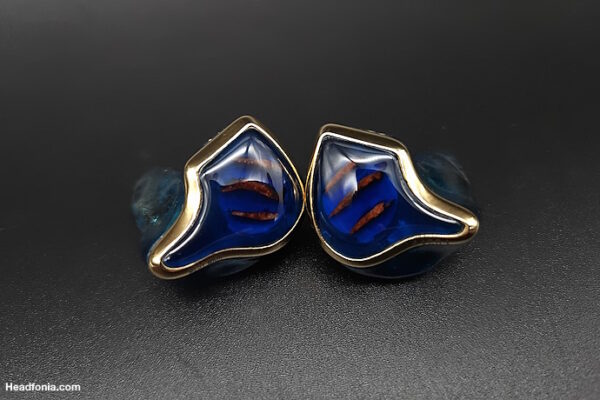
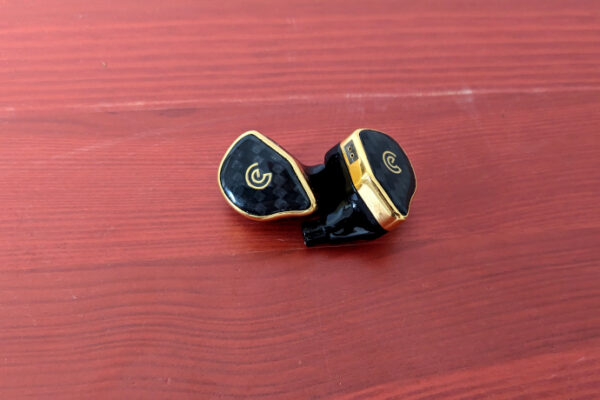
Pier Paolo Rabottini
Maybe I’ll pair it with a brand new IEM, possibly above 300$…any suggestions?